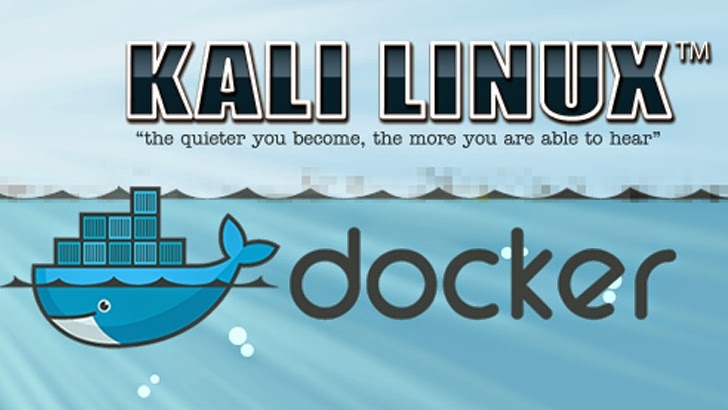
Run (ctrl+r) "optionalfeatures".Īnd make sure this "Containers" option is checked off.


Installing the Containers Feature and Installing Dockerįirst, we must enable the "Containers" feature. You'll be able to enable Containers, Install Docker, and pull a Kali Linux image all in 10 minutes or less (download speeds may vary ). In the Windows world, this requires Windows 10 Anniversary Edition+. Kali's official documentation seems to agree with me. Possible, but a configuration nightmare to maintain and troubleshoot. I could, in theory, install Ubuntu and install the Kali repositories and go from there-in addition, I like to stay away from multiple repositories from multiple parties on the same packages. As many know, Kali is a customized Linux distribution, based on Debian. Most of the time that is a fresh installed Windows 10 on my Surface Book-I like messing things up to a point of no return… what can I say?Īs I illustrated the beauty of " Bash on Ubuntu on Windows" in the Azure Security Center's SQL-Injection Playbook, I realized there really must be a better way to bring Kali Linux over to Windows as well. I like need to quickly get my tools up and running on any hardware I find myself on.

A few times now, I find myself wondering why I need a full blown VM.


 0 kommentar(er)
0 kommentar(er)
